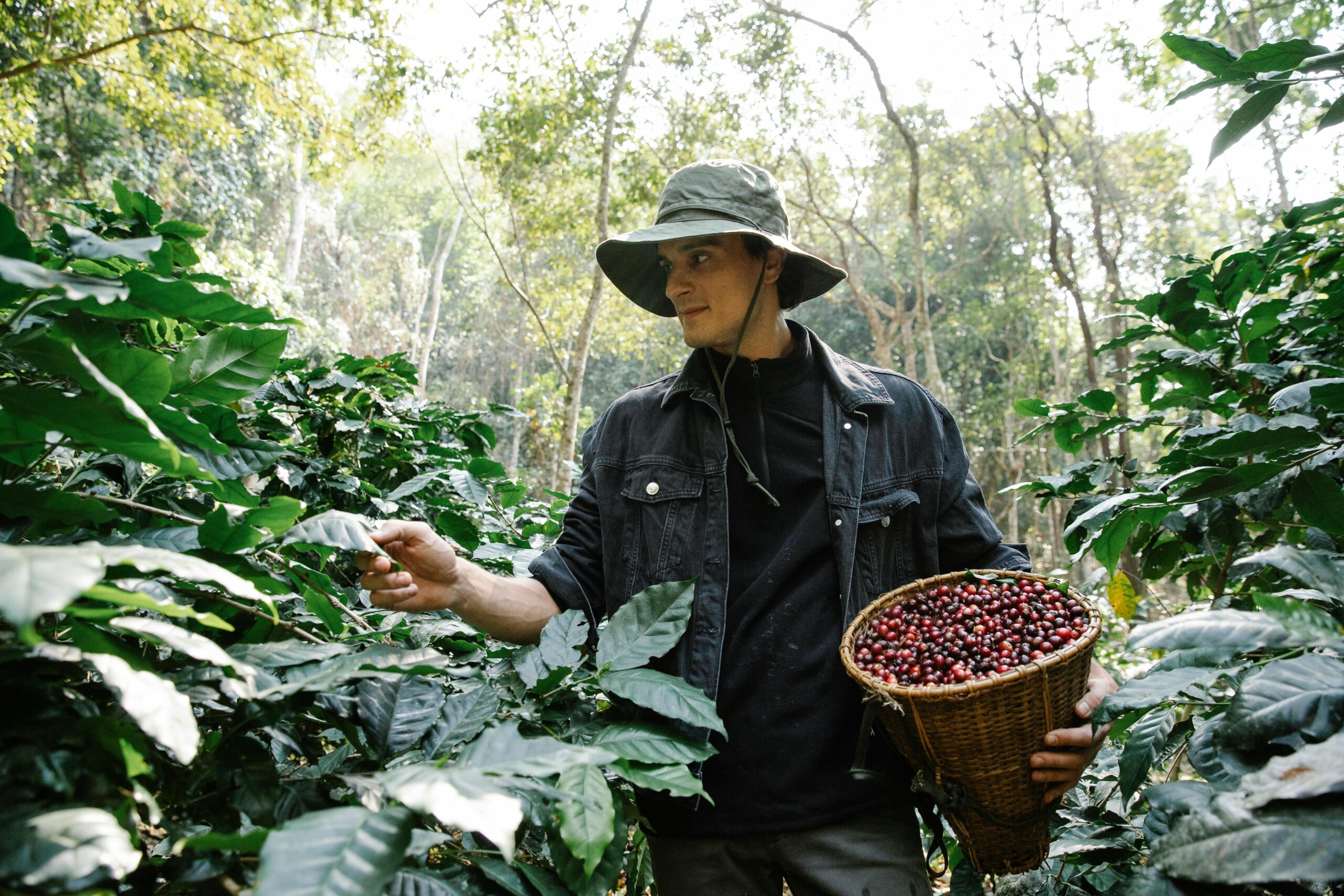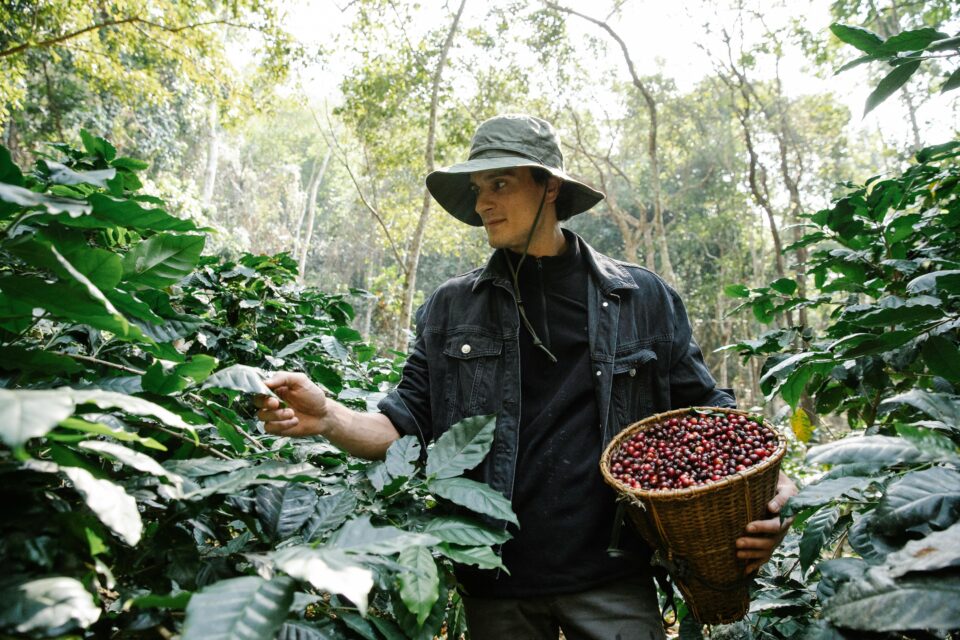Ever find yourself asking how things are made? Well, how is coffee made… Coffee can be the break you need, the palate refresh, the one thing that gets you through a given day, but what we take for granted is how coffee is made around the world and delivered to your cup. From plant to brew, learn the journey every bean takes to your cup.
Initial life stages of coffee
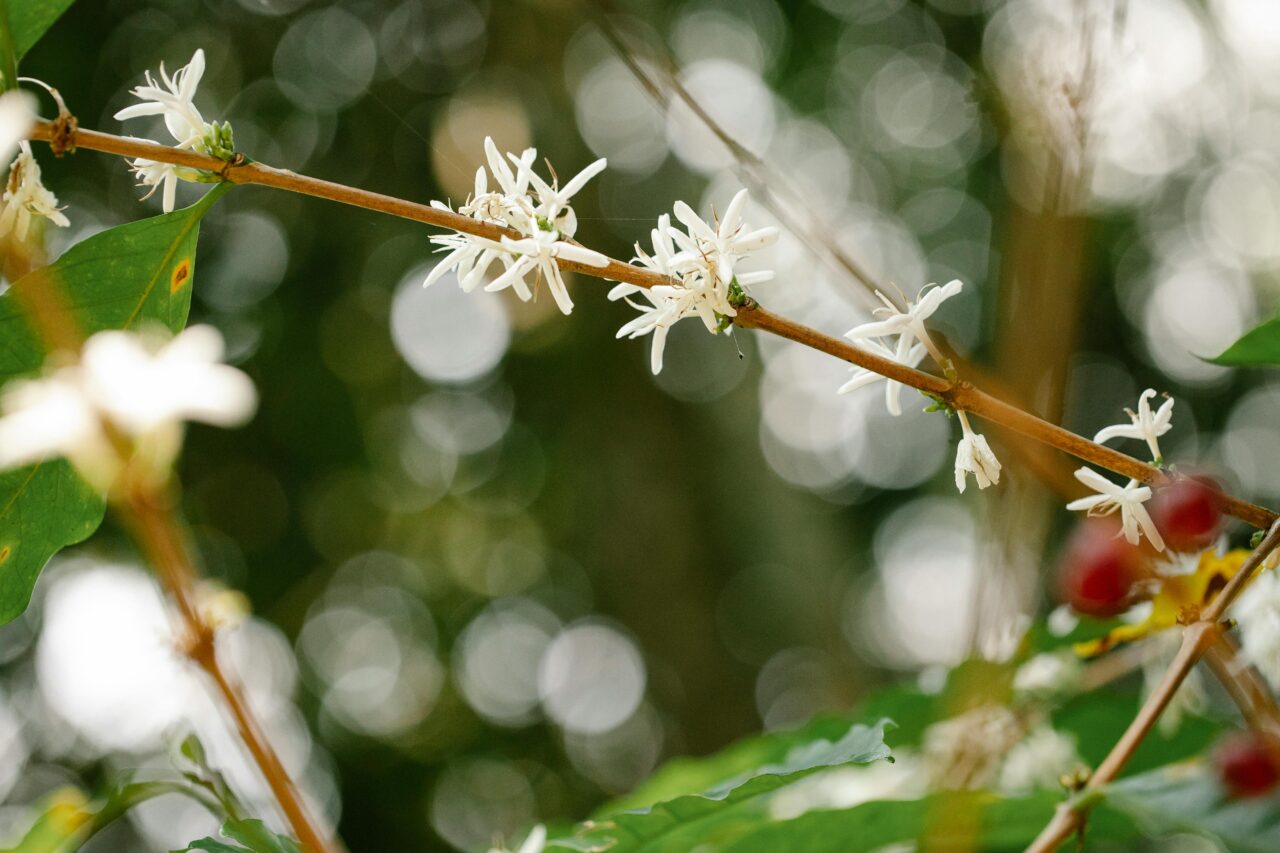
Two types – Arabica or Robusta Coffee Bean Plants – both having very different needs and appearances.
Apperance: foliage, large bush with dark green oval leaves
Mature size: up to 8m tall
Global production: about 60%
Fruit maturing time: 7 to 9 months
Temperatures for grow: between 15 and 24 degrees
Growth site: high altitudes and hilly areas
Originate from: Ethiopia
Now grown in: Tropical highland climates in Central and South America, Africa, and Asia
Fun Fact: The Arabica plant is believed to be the first species of coffee to have been cultivated.
Appearance: robust shrub or small tree
Mature size: up to 10m tall
Global production: almost 30%
Fruit maturing time: up to 11 months
Temperatures for grow: between 24 and 30 degrees
Growth site: near sea-level
Originate from: Central and western sub-Saharan Africa
Now grown in: Tropical regions of Asia and Africa
Whatever the coffee plant, after 3 to 4 years they reach maturity. They produce fragrant white flowers with coffee cherries growing along the plant’s branches. Ever walked past a coffee plant? If you’ve had the luxury, I’m sure you were dazzled by the sweet aromas. These delicate scents are released from the blossoms that grow along the joints of the leaves and branches. Growing in pairs, the coffee cherries are covered with dark green waxy leaves and are located along the branches.
Fun Fact: Some coffee plants can have purple or yellow vibrant leaves.
The plant is harvested for its ripe cherries around once a year and can live as long as 40 years, so that’s 40 harvests per tree in it’s life time! In some countries, like Columbia, there are two flowerings annually. Generally, the cherries, which are green and once ripe, red, yellow, orange or pink (depending on the type) seeds with a variety of layers.
Ready for harvest? Picked with love

Due to the mountainous areas in which Arabica coffee is cultivated, widespread mechanical harvests are impossible, so seeds are usually picked by hand.
Fun Fact: In Brazil, the coffee fields allow for machinery harvest.
Coffee is harvested in two ways:
- Strip picked: At once, all cherries are stripped from the plant regardless of ripeness.
- Selectively picked: Every 8 to 10 days, pickers rotate among the coffee plants individually picking only ripe cherries. It is a more costly method that’s primarily used for premium Arabica beans.
How coffee is made: the process
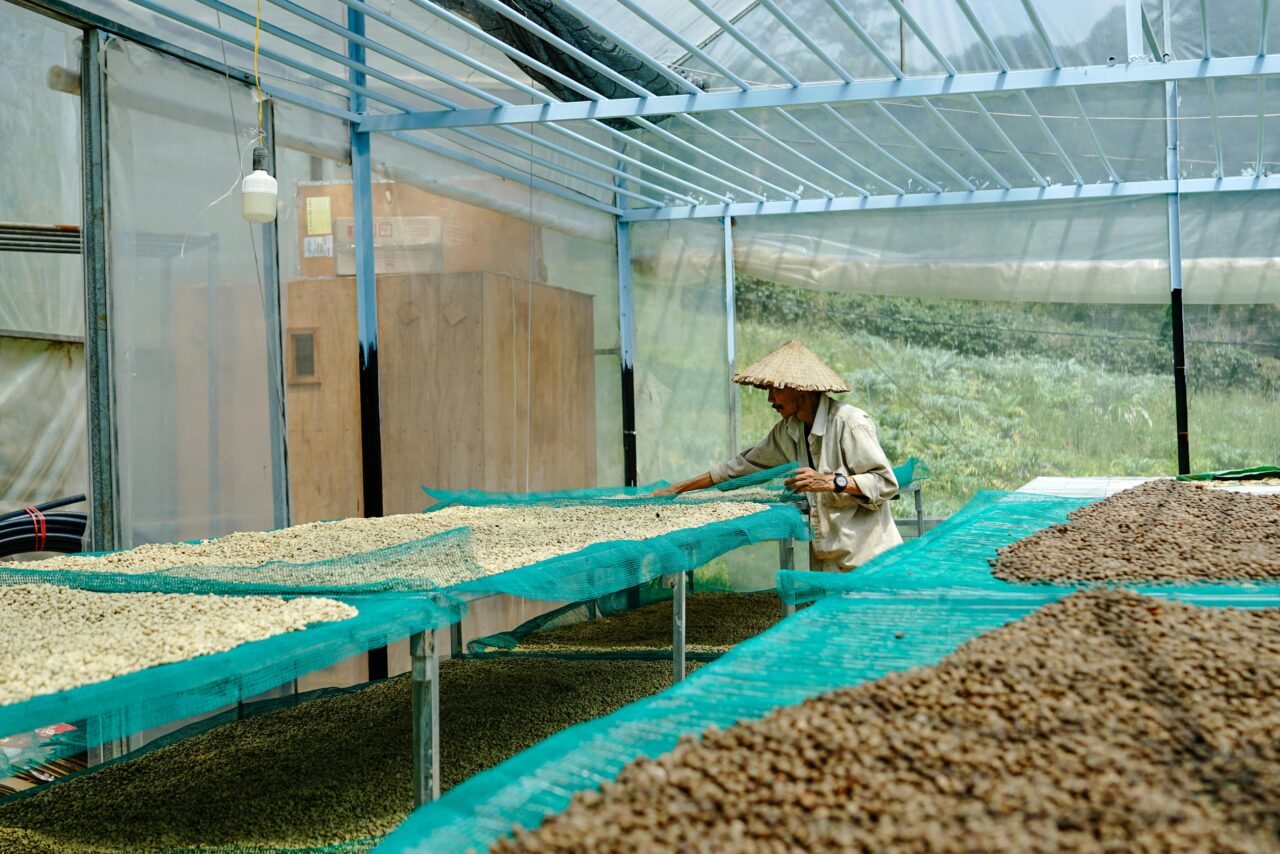
Once harvested, time is of the essence. Coffee cherries need to be processed immediately to prevent spoilage. The pulp undergoes immense processing to remove the fruit and mucilage. It takes between 12 to 24 hours sitting in water for the pulp and beans to separate fully.
The methods for soaking and drying process include:
- Naturally Processed (Dry Method): dried on huge surfaces in the sun then hulled, removing the skin and pulp.
- Washed Processed (Wet Method): the outer skin and pulp are removed, and dried in the sun or by machine.
- Honey Processed (Semi-washed Method): layers of pulp are kept intact to various degrees prior to the drying process.
Now how is coffee made from the coffee beans?
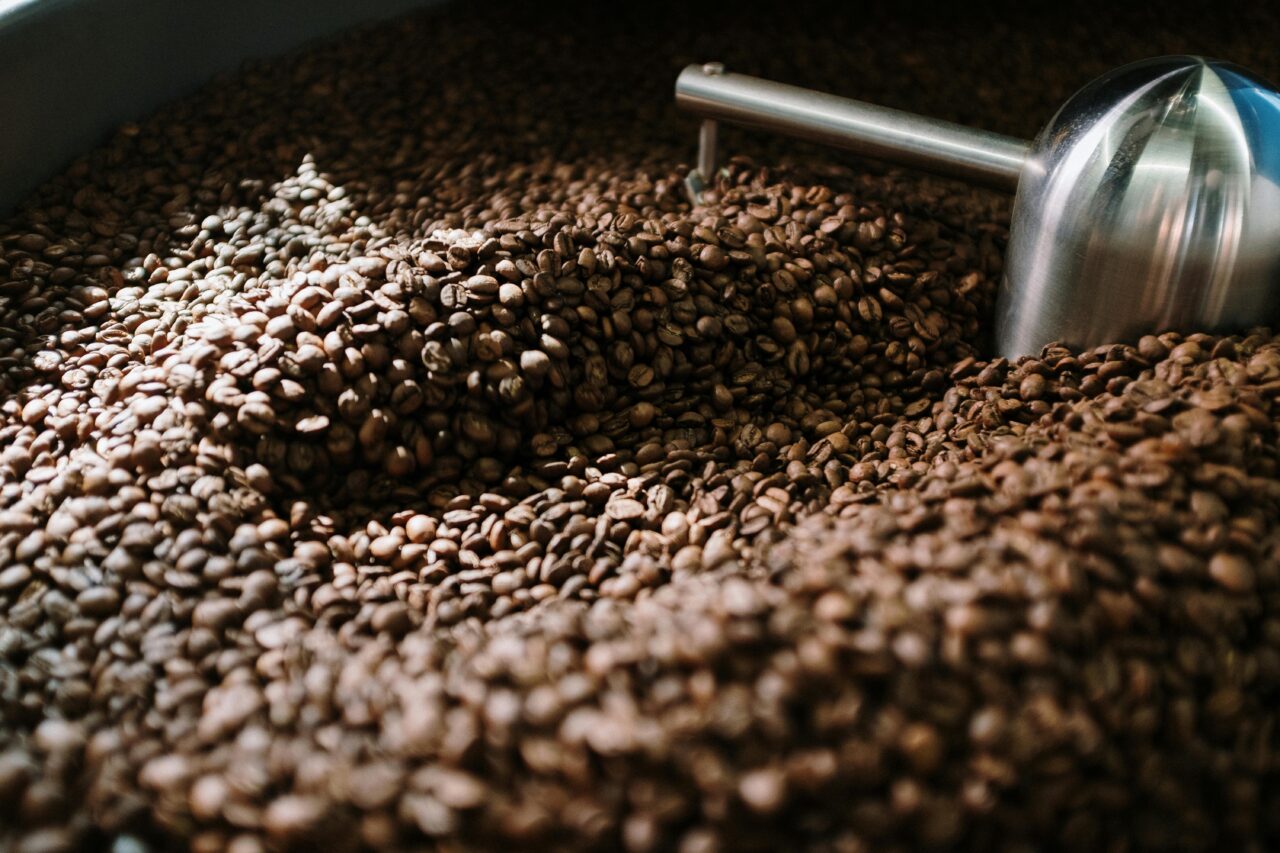
Eager for that actual coffee we desire and crave, it is finally time for roasting. Here all the sweet aromas are formed, due to caffeol being released from the beans. Did you know that more than 1000 different coffee aroma components exist?
The beans take a journey now through the roasting machines, also known as coffee roasters, where beans are kept moving to avoid them burning. Once at about 400 degrees Fahrenheit, they begin to turn brown, transforming into the recognisable beans we all adore. Immediately, the beans are cooled – by air or water – and packaged up as whole beans for distribution.
The final step by steps

Ready for the grind? Next, the whole coffee beans that have been exported are ground in a variety of different ways depending on the palate preference and coffee type. Consistency, ground size and timing are all key factors to be set once you have detected your ideal grind. Measure the water-to-coffee ratio – a good standard for this is 16 parts water and 1 part coffee.
For a full guide to your perfect grind, read our guide for all the tips and secrets you need for your coffee success.
Finally… coffee, coffee, coffee! It’s go time – the fully ground coffee beans are ready for brewing. Whether you are a milky latte type, investigating with different sugars or syrups, or a pure americano lover, it’s time to deliver your drink of dreams.
With coffee production ever increasing year on year, reaching a staggering height of 178 million 60-kilogram bags in 2023/24, it is only more necessary that we learn the extensive lifespan of the drink we know and love. Knowing how coffee is made step by step, enables us to appreciate the work, resources, time and love poured into every cup. Next time you have this mouth-watering flavour and health boosting power drink, you can appreciate the journey undergone.
